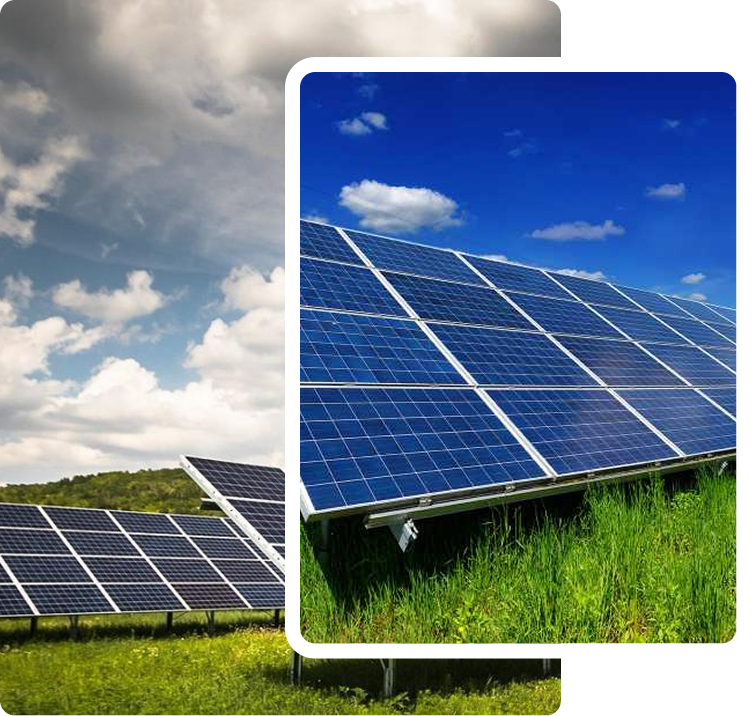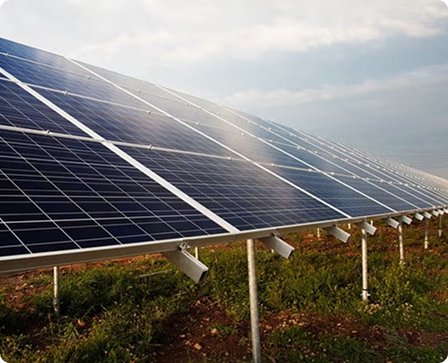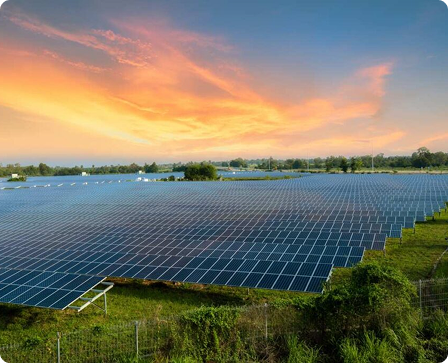Home »
Key Factors to Consider Before Starting a Solar Farm Installation

Understanding Solar Farm Installation: What It Involves
Why Location Matters: Choosing the Ideal Site in Florida
Selecting the right site in Florida is one of the most critical decisions in any solar farm installation. The location should have optimal sun exposure, minimal shading, and flat terrain for efficient energy capture. Additionally, proximity to power lines and substations is essential to simplify grid connection. As a trusted solar farm contractor in Florida, Advanced Green Technologies conducts thorough land assessments, soil studies, and environmental evaluations before recommending a site. Factors such as zoning regulations, flood risk, and land use restrictions must also be considered. Choosing the right site from the start reduces costs and maximizes ROI.
Partnering with the Right Solar Farm Contractor
A skilled and licensed solar farm contractor can make or break your project. The complexity of building a utility-scale solar farm demands hands-on experience and local regulatory knowledge. In Florida, Advanced Green Technologies stands out as a leading contractor with a proven track record. From securing permits to sourcing premium equipment and managing construction timelines, a professional contractor takes full responsibility. You’ll also benefit from our ability to troubleshoot design challenges and adapt plans as needed. A partnership with an experienced solar farm company ensures your project complies with state regulations and industry best practices.
Evaluating the Financial Investment and ROI
- Initial Capital Costs : Land acquisition, engineering, equipment (panels, inverters, racking), and labor.
- Incentives & Tax Credits : Federal Investment Tax Credit (ITC), accelerated depreciation, and Florida-specific incentives.
- Ongoing Maintenance : Partnering with a trusted solar farm contractor ensures predictable maintenance costs and optimal performance.
- Power Purchase Agreements (PPAs) : Satedy income through long-term contracts with utilities or corporations.
- Break-even Analysis : Typically achieved within 5–8 years, depending on scale and grid rates.
- Internal Rate of Return (IRR) : Well-designed solar farms can yield IRRs of 8–12% or higher over their lifespan.
Regulatory and Permitting Requirements in Florida
- Zoning and Land Use Approval : Verify that the selected site is zoned for utility-scale solar development.
- Environmental Impact Assessments (EIA) : Required if the land affects wetlands, wildlife, or culturally sensitive areas
- Site Plan Review : Submission to local municipalities for review of layout, access roads, and buffer zones.
- Interconnection Agreements : Coordination with utility providers to connect your solar farm to the grid.
- Construction Permits : Electrical, structural, and general construction permits approved by local authorities.
- Stormwater Management Plans : Especially crucial in Florida due to frequent rainfall and flood risks.
Assessing Grid Connection and Energy Offtake Options

Scalability and Long-Term Maintenance Considerations

